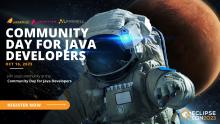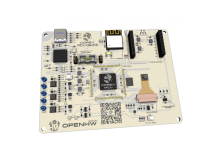Eclipse zenoh selected as the alternate ROS 2 middleware
In the last few months, the ROS community started looking for an alternative to DDS. The project just announced that Eclipse zenoh had been selected. This is a significant milestone for the project and the whole Eclipse community. Congratulations to the team!


